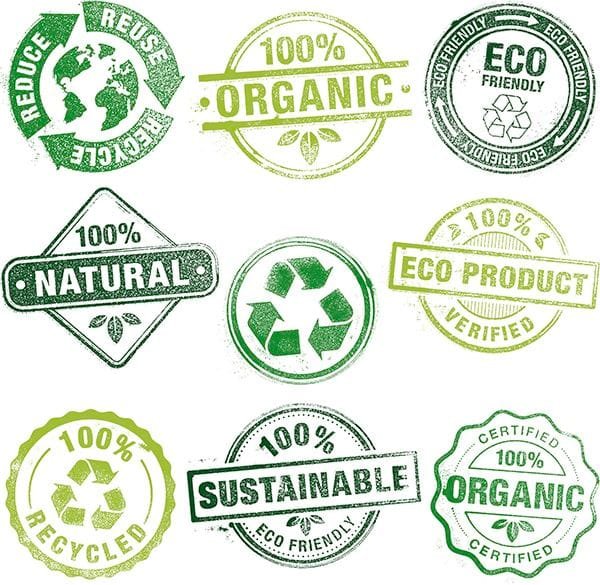In an era of growing environmental consciousness, sustainability has become the buzzword for companies worldwide. But not all that glitters is green. Enter greenwashing—the deceptive practice of making products or services appear more eco-friendly than they truly are. This marketing ploy, often used to win over environmentally conscious consumers, is more pervasive than you think. Let’s dive into the murky waters of greenwashing and uncover the reality behind the glossy, “green” facade.
What Is Greenwashing?
Greenwashing refers to the misleading claims companies make about their environmental efforts or the sustainability of their products. It’s a tactic used to attract eco-conscious buyers while diverting attention from unsustainable practices. From vague language like “100% natural” to using misleading eco-labels, greenwashing preys on the good intentions of consumers.
The Scale of the Scam
The statistics are alarming:
- 40% of green claims made by companies are unsubstantiated, according to a report by the European Commission.
- The Global Consumer Insights Survey found that 54% of consumers are willing to pay more for sustainable products, making greenwashing a lucrative strategy.
- An analysis by TerraChoice revealed that 95% of products claiming to be green were guilty of at least one form of greenwashing.
How Companies Greenwash
- Vague Claims: Phrases like “environmentally friendly” or “sustainable” are used without any supporting evidence.
- Irrelevant Labels: Highlighting a single eco-friendly attribute while ignoring the larger environmental impact. For example, a company may market a “biodegradable” bottle but neglect to mention the energy-intensive processes used to manufacture it.
- Misleading Imagery: Using green packaging, images of forests, or words like “eco” and “green” to create an illusion of sustainability.
- Hidden Trade-Offs: Promoting one positive environmental feature while downplaying negative impacts elsewhere in the supply chain.
Real-Life Examples
- Fast Fashion Giants: Brands claim to offer “sustainable collections” but continue practices of overproduction and worker exploitation.
- Big Oil Companies: Some invest in renewable energy campaigns but spend a fraction of their budgets on actual renewable projects compared to fossil fuel operations.
- Household Product Manufacturers: Many cleaning products boast being “green” but contain harmful chemicals hidden under ambiguous ingredient lists.
Why Greenwashing Is Harmful
- Erodes Consumer Trust: Misleading claims create skepticism, making it harder for genuinely eco-friendly companies to gain support.
- Stalls Real Progress: Greenwashing diverts attention from companies’ harmful practices, delaying necessary systemic changes.
- Worsens Environmental Damage: Resources are wasted on superficial fixes instead of addressing the root causes of environmental harm.
How to Spot and Avoid Greenwashing
- Look for Certifications: Reputable labels like Fair Trade, USDA Organic, or Energy STAR have stringent verification processes.
- Read the Fine Print: Verify claims with detailed information. If a company’s “green” efforts seem vague or incomplete, dig deeper.
- Research the Brand: Check the company’s overall practices, not just the product in question.
- Ask Questions: Responsible companies will provide transparency about their sustainability efforts.
The Road Ahead
Governments and regulatory bodies are beginning to crack down on greenwashing. For example, the European Union is introducing legislation to combat misleading environmental claims, while watchdog organizations are calling for greater accountability.
As consumers, the power to dismantle greenwashing lies in our hands. By staying informed and questioning dubious claims, we can push companies to adopt genuine sustainability practices instead of relying on deception.
Greenwashing is the great scam of the sustainability movement, duping well-meaning consumers and stalling meaningful progress. By exposing the truth and demanding transparency, we can ensure that going green isn’t just a marketing strategy but a genuine commitment to saving the planet.

